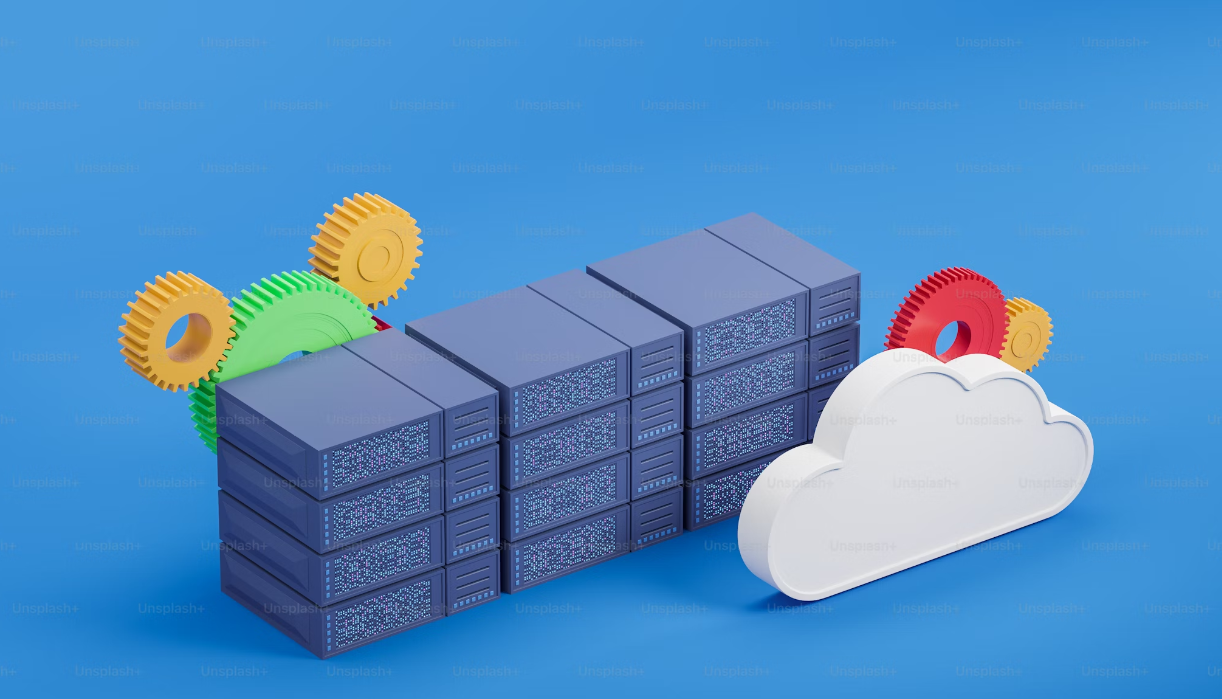Serverless computing is becoming more and more significant in the world of IT. What once was a label for a specific type of software is now a central concept in modern business and its implications for the sphere of IT are great. But how does it actually work and what effect does it have on business? Let’s find out.
Serverless Computing Explained
The term itself is slightly misleading, as it does actually involve servers, but not in the way many are accustomed to. In a serverless architecture , a business can run applications and services without worrying about the infrastructure they are run on. If a business decides to host a party using a catering company instead of worrying about cooking and serving the food themselves, they would use a similar “outsourced” model.
Key aspects of serverless computing:
Functions as a Service : allow execution of code in response to events, scaling automatically with the demand of the application
Backend as a Service : serverless component services that allow you to just focus on the frontend
Pros and Cons for Business and IT Strategy
Naturally, such an approach offers multiple advantages:
Cost Reduction: costs change with usage, so in situations where dozens of servers would run for a fraction of the day there could be great savings
Scalability: easy to handle applications with varying loads, spikes, and drops that are hard to predict
Focus on Product: IT teams can focus on creating and tweaking applications to maximize their usefulness for the customers, which leads to said customers overall content
For the IT strategy of the business implementing serverless computing:
NoOps: ease of use, no need to manage the day-to-day operations of servers and other infrastructure
Resource allocation: more can be spent on product creation, less on actual maintenance
Flexibility: easier to implement from the operational side, as servers can be used however needed
There are, of course, some downsides as well:
Data Security: not always the most secure option, takes control entirely out of the hands of the owner
Testing and debugging: it can be difficult and time-consuming
Vendor lock-in: difficult to change services and use another one going forward
Conclusion
Serverless computing is an interesting phenomenon that has a number of significant effects on a business and its IT strategy. It provides valuable savings and allows the resources of a business to be focused on their product. For IT, it makes the job of day-to-day management and overall effectiveness of an infrastructure much easier to handle. That said, there are a number of challenges to face: it is not always good for data security and is harder to put through time-consuming testing and debugging processes. On the whole, however, it looks like a great option for a modern IT-strategy to boost its production.

